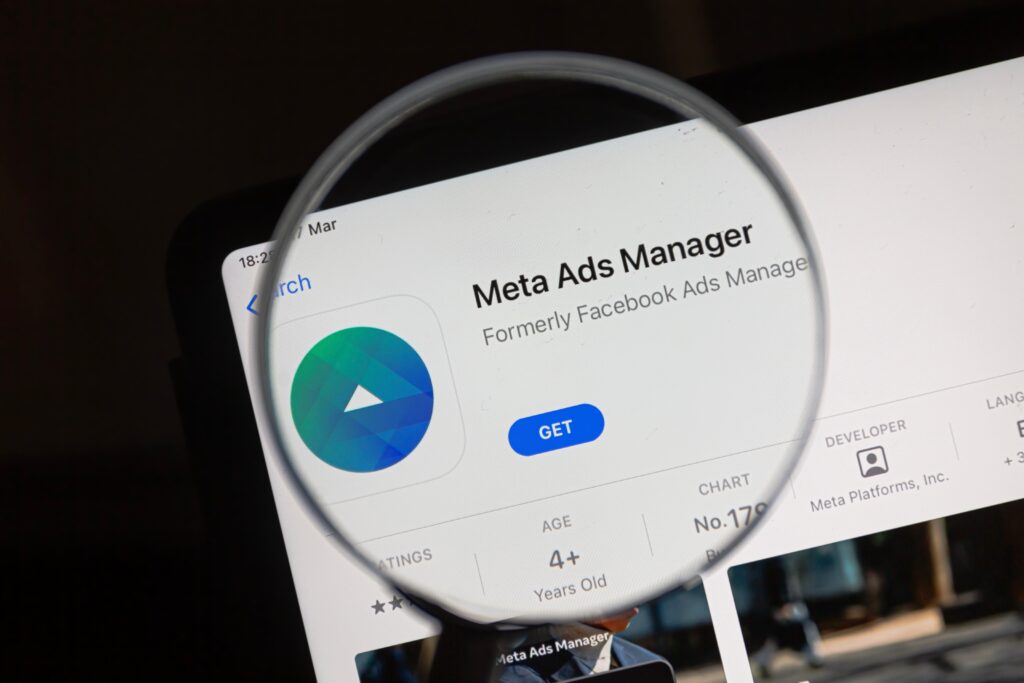Ad platforms are often known for their lack of transparency, and Meta is no different. Luckily, the issue isn’t that Meta doesn’t have the data you need to make your ads perform well – rather, it’s that it doesn’t show you this data. Not by default, anyway.
I recently wrote posts about this dilemma with Google Ads as well; the columns that are shown by default aren’t the ones that show you the full picture. How do I know this? Because I’ve run my own ad agency for many years, which means I’ve managed ad accounts for hundreds of businesses.
By now, I know how to set columns up to show me everything I need, instead of just 10% of the picture. And you’re in luck because I’m going to share that with you as well. Don’t worry about memorising all of this, as I also have a downloadable spreadsheet that will show you the column setup my professional agency uses for our clients.
I also have a video on this topic, which I’d highly recommend if you want to see a real-life walkthrough of how to set up your custom Facebook ad columns. But if you’re simply looking for a quick, high-level overview, then keep reading.
Understanding the data dilemma
Let’s start with why you need custom columns in Facebook. As mentioned, when you set up Facebook ad columns certain columns will automatically display . . . so why would you want to mess with that?
The simple answer is that this obscures a lot of the data. Sure, you will get some default columns in Facebook, but other details like purchases and audience insights can only be accessed if you actually add those columns to your setup.
Since you need solid data in order to be able to effectively run your ads, this does pose a problem. You won’t know which ads are performing poorly. You won’t know why they’re performing poorly. You’ll essentially be a flightless bird. And since running a successful Facebook ad will use cookies and data, you need to make sure that you have as much info as possible across all your ad sets and campaigns.
The professional standard
Thousands of businesses try to run their own ads and fail, only to have an agency achieve great results. While this could be due to many reasons, the reality is that ad agencies often have the know-how to get to this very important data. The more data you have, the better, so try to have columns that accurately show your engagement and site statistics.
Therefore, to have the results you need, you need to use a professional standard when it comes to your columns in Facebook. You need to either have or be a good Facebook Ads manager if you want to see good results on your ad account.
Remember that a Facebook ad is usually shown to a user while they’re browsing their feed, so it’s not as if they’re searching for you in the search bar. You need to convince them to watch and click on your ad, and good data helps you achieve this.

The perfect funnel: from impression to conversion
Walking you through every step of your column setup in a blog post won’t help much, so I’ll just give you a high-level overview of how to set up your columns to get all the data you need from your ad campaign (although I will mention again that, if you want more in-depth info, you can check out the video and downloadable spreadsheet linked above).
To summarise your columns. . . you need to have all the basic info, of course. And from there, you want to go into a funnel that follows users from when they first view your ad, until they convert. This conversion could be them filling out a form, or making a purchase event. With Facebook Ads, it’s all about how many users you can get to convert via your ads. Of course, depending on your settings and preferences, you may want to approach things differently, but this is the industry standard.
Some key columns I would recommend for your Facebook Ads columns include:
- Campaign status and name
- Delivery status
- Budget and amount spent
- Purchases, cost per purchase, and conversion value
- Return on ad spend (ROAS)
- Results and costs
- Reach, frequency, and CPM
- Link clicks and unique link clicks
- Content views, add to cart, and checkout initiated
- Custom columns for deeper analysis
Final words
Custom columns = improved results. The paid advertising game is data-driven, so you need to access as much data as possible if you want to make your ads work for you. But more than that, you need to make sure that the data is set up in a logical way that helps you understand it.
Custom columns are a must-have for any ad platform. After all, if you’re using the same setup as everyone else, you’ll never do better than the average person.
Hopefully, this post gave you some insights into how you can set up your Meta Ads column to help you. And again, you can use the video or spreadsheet if you need a bit more help. If you’ve done all of that and you’re still struggling (or if you simply don’t have the time to do that), contact my ad agency below to have us become your go-to Facebook Ads manager who will handle everything from column setup to creative (and everything in between!)